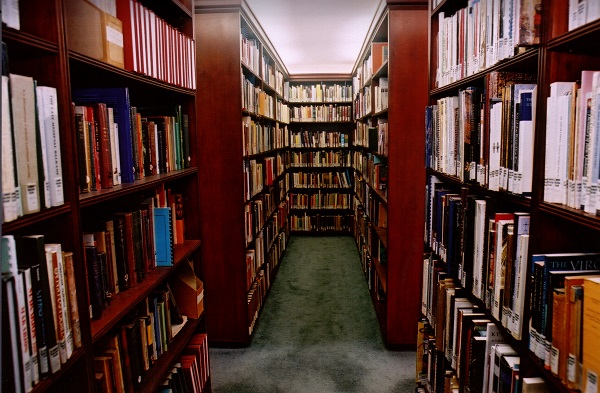- Home
- About us
- Students
- Courses
- Research
- Library
- News & Events
- Gallery
- Contact
- Our Blog
Latest News

Guest Lecture by Dr Guy Freeland
Oct 08, 2015
Anonymous
Guest Lecture by Dr Guy Freeland
On Wednesday 7 October, St Andrew’s was privileged to host one of the founding faculty members of the College, Dr Guy Freeland, for H7230A Byzantium: Empire of New Rome. At the invitation of Dr Mario Baghos (Associate Lecturer in Church History), Dr Freeland gave an insightful lecture on Byzantine Art and Architecture, with a special emphasis on the emperor Justinian’s architectural projects. The following are reflections by Dr Baghos:
“As a graduate of St Andrew’s, I had the blessing of being taught by Dr Freeland, whose expertise ranges from Christian art, symbolism, and architecture, to ecclesial initiation and the sacraments, and liturgics in general. I always cherished his wisdom, which is why I was excited and grateful when he accepted my invitation to give a guest lecture for our undergraduate students on Byzantine churches and their symbolic outlay and art. After opening with prayer, Dr Freeland greeted us with “Christ is in out midst!” – thus framing the lecture with his well-known Christian sensitivity before giving a brief history of Christian art and architecture up until the fourth century, where both of these proliferated on a massive scale due to the Constantinian beneficence towards the Church. Turning to sixth century Byzantium – Justinian’s epoch – Dr Freeland highlighted the active role of the emperor in the construction of the magnificent Hagia Sophia (Holy Wisdom), which was completed in only six years due to Justinian’s impressive architectural skill that helped guide the engineers of the building, Anthemius of Tralles and Isidore of Miletus, to get the job done.
Dr Freeland then took us on a tour of church designs, from the rectangular basilica to the Byzantine cross-in-square and octagonal church buildings and baptisteries that spread throughout the empire at this time. The church of St John the Apostle at Ephesus is a striking example. Now in ruins, it was once a martyrium for the saint, which under Justinian was transformed into a massive cruciform church with an octagonal baptistery that symbolised the ‘eighth day,’ or God’s kingdom that is beyond the recurrent week of time (i.e. 7 days). This octagonal shape can also be found in San Vitale in Ravenna, and after taking us on a tour of Constantinopoltan art and architecture in Justinian’s reign, Dr Freeland ended with the famous Ravenna mosaics, and the Byzantine legacy in later Italian churches such as the cathedral of Monreale in Sicily, with its impressive mosaic of Christ the Pantokrator in its main Eastern apse. We thank Dr Freeland for this inspiring lecture!"


.jpg)





.png)